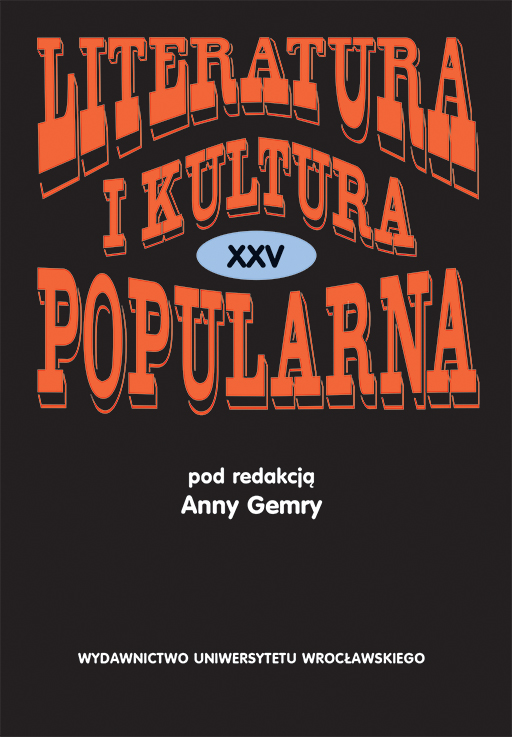

Polemiki i recenzje

Polska ballada gotycka [The Polish Gothic Ballad] by Paweł Pluta, is one of a few, and one of the first complete case studies in Polish humanities whose reminiscence has had a huge impact on the shape of modern culture (not only popular culture).
Pluta focuses on works created between 1771–1830. The author argues that the gothic ballad has its roots in literary communication, when the translations of Phillippe Habert’s Le Temple de la Mort (1633) (pp. 36–37) by Adam Stanisław Naruszewicz and Mateusz Czarnek were published. Pluta treats these first translations as the “beginning of literary Gothicism in Poland” (p. 37). In the institutional and ideological context, it is a significant statement, as Habert was a part of the Académie des Illustres Bergers group which gathered writers fascinated by pastoral poetry. Thus, such a choice of inspirations of the Polish “gothic poets” makes it possible for Pluta to combine the two types of gothic ballad, one related to horror and the other to history.
On the other hand, in the context of importance of 1830, the author alleges the opinion of Zyg-munt Krasiński from 1831 (p. 194); it seems all the more important, as in his youth the writer created gothic horror stories (for instance his debut Grób rodziny Reichstalów [The Tomb of the Reichstal Family] 1828, Mściwy karzeł i Masław książę mazowiecki [The Vindictive Midget and Masław the Mazovian Prince] 1830). It is important to remember that the gothic imaginarium (especially its hor-ror kind) permeated to lyric poetry and other genres (e.g. verse novel) and still left room for creative potential. Thus, the year 1830 marks not the end of some of tendencies, but rather their turning point.
It is worth mentioning Pluta’s monograph published by The Institute of Literary Research; its bibliography is not listed in alphabetical order but in a chronological one and the dates of the first edi-tions of each source are included. This indicates not only the scientific meticulousness of the publisher, but also the awareness that in the times of the internet and easy access to library and archival resources, the reader may wish to study not only the modern editions of a given text, but also the original.